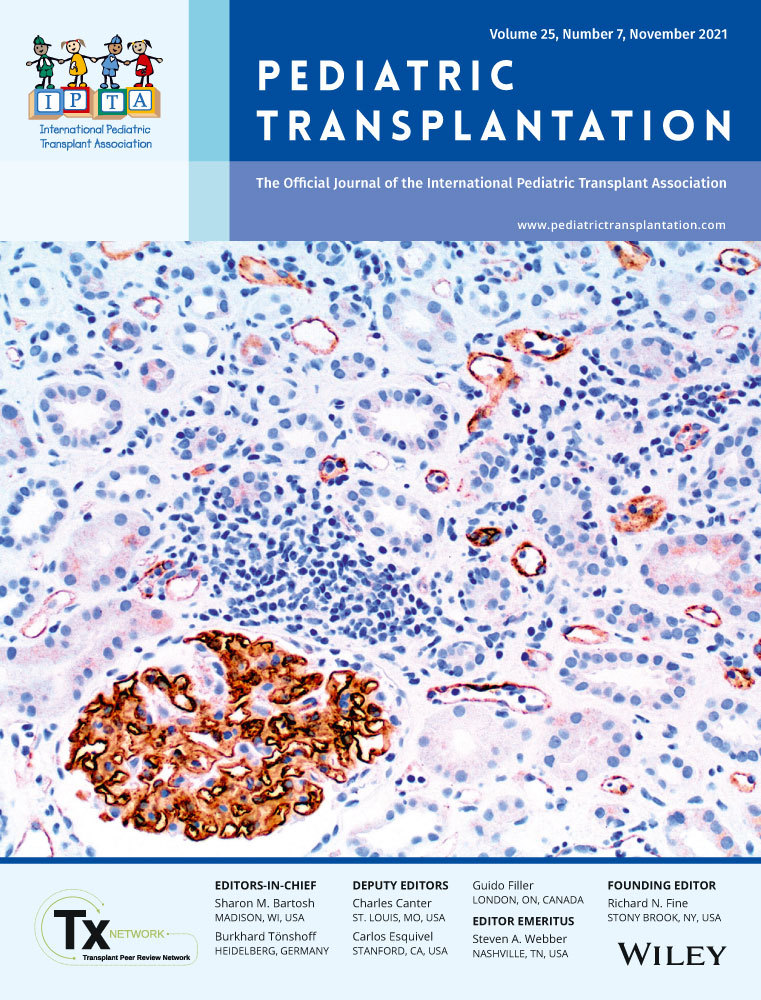Resolution of recurrent pediatric acute liver failure with liver transplantation in a patient with NBAS mutation
Correspondence
Dellys Soler Rodriguez, Division of Pediatric Gastroenterology, Hepatology and Nutrition, Department of Pediatrics, 2015 Uppergate Drive NE, Office 240-B, Atlanta, GA 30322, USA.
Email: [email protected]
Funding information
The project described was supported by Award Number T32DK108735 from the National Institute of Diabetes and Digestive and Kidney Diseases. The content is solely the responsibility of the authors and does not necessarily represent the official views of the National Institute of Diabetes and Digestive and Kidney Diseases or the National Institutes of Health
Abstract
Background
Pediatric acute liver failure (PALF) remains an enigmatic process of rapid end-organ dysfunction associated with a variety of pathologic conditions though the predominant cause is indeterminate. A growing body of research has identified mutations in the NBAS gene to be associated with recurrent acute liver failure and multi-systemic disease including short stature, skeletal dysplasia, facial dysmorphism, immunologic abnormalities, and Pelger-Huët anomaly.
Methods and Results
Here, we describe a 4-year-old girl who presented with dehydration in the setting of acute gastroenteritis and fever but went on to develop PALF on day 2 of hospitalization. She clinically recovered with supportive measures, but after discharge, had at least 2 additional episodes of PALF. Ultimately, she underwent liver transplant and her recurrent episodes of PALF did not recur throughout a 6-year follow-up period. Whole-exome sequencing post-liver transplant initially revealed two variants of uncertain significance in the NBAS gene. Parental studies confirmed the c.1549C > T(p.R517C; now likely pathogenic) variant from her mother and a novel c.4646T > C(p.L1549P) variant from her father. In silico analyses predicted these variants to have a deleterious effect on protein function. Consistent with previously characterized NBAS mutation-associated disease (NMAD), our patient demonstrated the following features: progeroid facial features, hypoplasia of the 12th ribs, Pelger-Huët anomaly on peripheral blood smear, and abnormal B and NK cell function.
Conclusion
Altogether, we describe a novel pathogenic variant in the NBAS gene of a patient with NMAD and report the resolution of recurrent PALF secondary to NMAD following liver transplantation.
CONFLICT OF INTEREST
The authors do not have any conflicts of interest to disclose.
Open Research
DATA AVAILABILITY STATEMENT
The authors confirm that the data supporting the findings of this study are available within the article and its supplementary materials.




